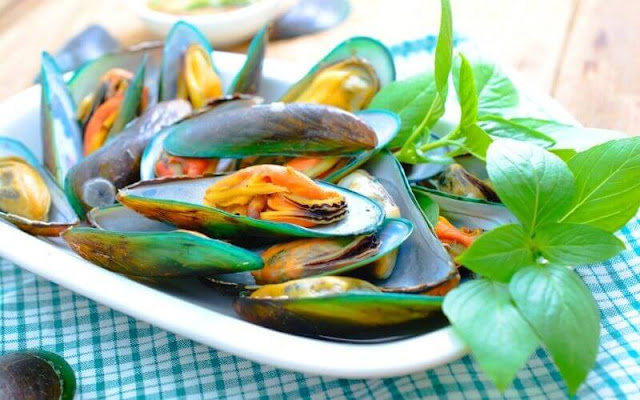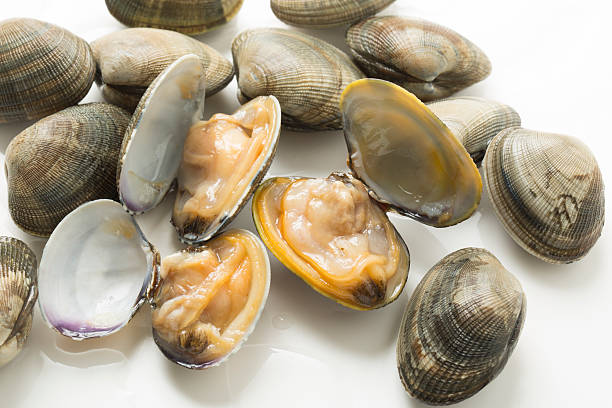The Truth About The Greenshell Mussels In NZ - Is They Native To Our Country?

Greenshell mussels are a common sight in the harbors and estuaries of New Zealand. They are often found resting on rocks, docks, pilings, breakwaters, and other structures where they can find shelter from the elements. Though green shells do not pose any danger to humans, they do have an adverse effect on the ecosystem of New Zealand. The presence of these mollusks in our coastal waters poses a number of risks to our environment and economy.
This article will give you everything you need to know about the green shell mussel invasion in New Zealand.
What Are Greenshell Mussels?
Greenshell mussels are bivalve mollusks within the family Unionidae. Native to the Baltic Sea, the mussels were first spotted in New Zealand in the early 2000s. According to a report by the Department of Conservation, the mussels have now spread to at least three other Pacific countries. The species of green shell mussel is Unio spinous, which is also known as the Baltic green mussel or the ship’s backlog. The bottom of this mollusk is covered in long, fine “teeth” that allow it to attach to rocks and other hard surfaces. These bivalves are native to the Baltic Sea but have an extensive distribution that extends as far east as the Bay of Bothnia and as far south as the River Severn in the United Kingdom. In all of these locations, the Baltic green mussel is a minor species, but it is a common species in many other parts of Europe.
Why Are Greenshells Dangerous?
The ecological impact of the introduction of green shell mussels has been described as “the equivalent of a major biological invasion”. This species has spread rapidly across the Pacific and is now present in countries such as Australia, New Zealand, Japan, and the United States. It is found in many areas of Hong Kong’s coastline and is also present in parts of China and South Korea. There are many concerns about the introduction and ecological impact of green shell mussels in New Zealand. The most significant of these is that the mollusk has a “native” range that extends farther east than the current distribution of the species. If the current rapid spread of green shell mussels continues, it is possible that the species will become established on New Zealand shores. While this would likely not pose a major ecological risk, it would pose a significant economic risk.
How Are Greenshells Invading New Zealand?
The green shell mussel was first discovered in New Zealand in the early 2000s. Since then, the mollusk has spread across the country and is now present on many parts of the country’s coast. The presence of the mollusk in New Zealand is especially concerning because of New Zealand’s geographic position and history of biological invasions. New Zealand is a relatively small country that lies between large and diverse bioregions. As a result, it is often the first country to experience the effects of large-scale biological invasions. The introduction of green shell mussels to New Zealand is a complex process that involves multiple species, including the mollusk itself, fish, birds, and humans. The fish that serve as vectors for the mollusk are often native species that are able to feed on the new bivalve species. The most important vector for the spread of the green shell mussel in New Zealand is the native brown trout. This species, typically found in cooler water, has an ability to adapt to warmer conditions that makes it a good candidate for invasion by the green shell mussel. Other species that have been observed to play a role in the invasion of New Zealand’s coasts are the goby, the starfish, the oyster, and the limpets. It is important to note that the invasion of the green shell mussel is not an anomaly; similar invasions have occurred in other parts of the world. It is important, however, to understand the role that humans have played in the invasion of New Zealand’s shores.
How Can We Stop The Invasion Of Greenshells?
The best way to stop the invasion of the green mussels in New Zealand would be to stop the immigration of the brown trout into the country. This is, however, unlikely to happen. First, the immigration of brown trout would need to be approved by the National Aquatic Costing Council, which is unlikely to happen. Second, even if the invasion were to be stopped, the trout would not survive outside of artificial ponds. This would make a return to the natural environment unlikely. The most effective way to stop the invasion of green shell mussels would be to use existing regulations that restrict the movement of non-native species. It would be possible to use these regulations to prevent the transport of brown trout into New Zealand.
Conclusion
The introduction of the green shell mussel to New Zealand is a serious threat to the country’s ecosystems and economy. The species has already spread to new areas of the Pacific, and the large population of brown trout in the country makes it likely that it will become established in New Zealand within the next decade. The only way to stop this from happening would be to stop the immigration of the brown trout into the country. But since this is unlikely to happen, it is important that we understand the threat that green shells pose as soon as possible. The best way to understand the threat posed by green shell mussels is to learn about the species, so in the following chapters, we will take a closer look at what makes the mollusk so dangerous.
Contact Us @ Green Mussels New Zealand


.jpg)
Comments
Post a Comment